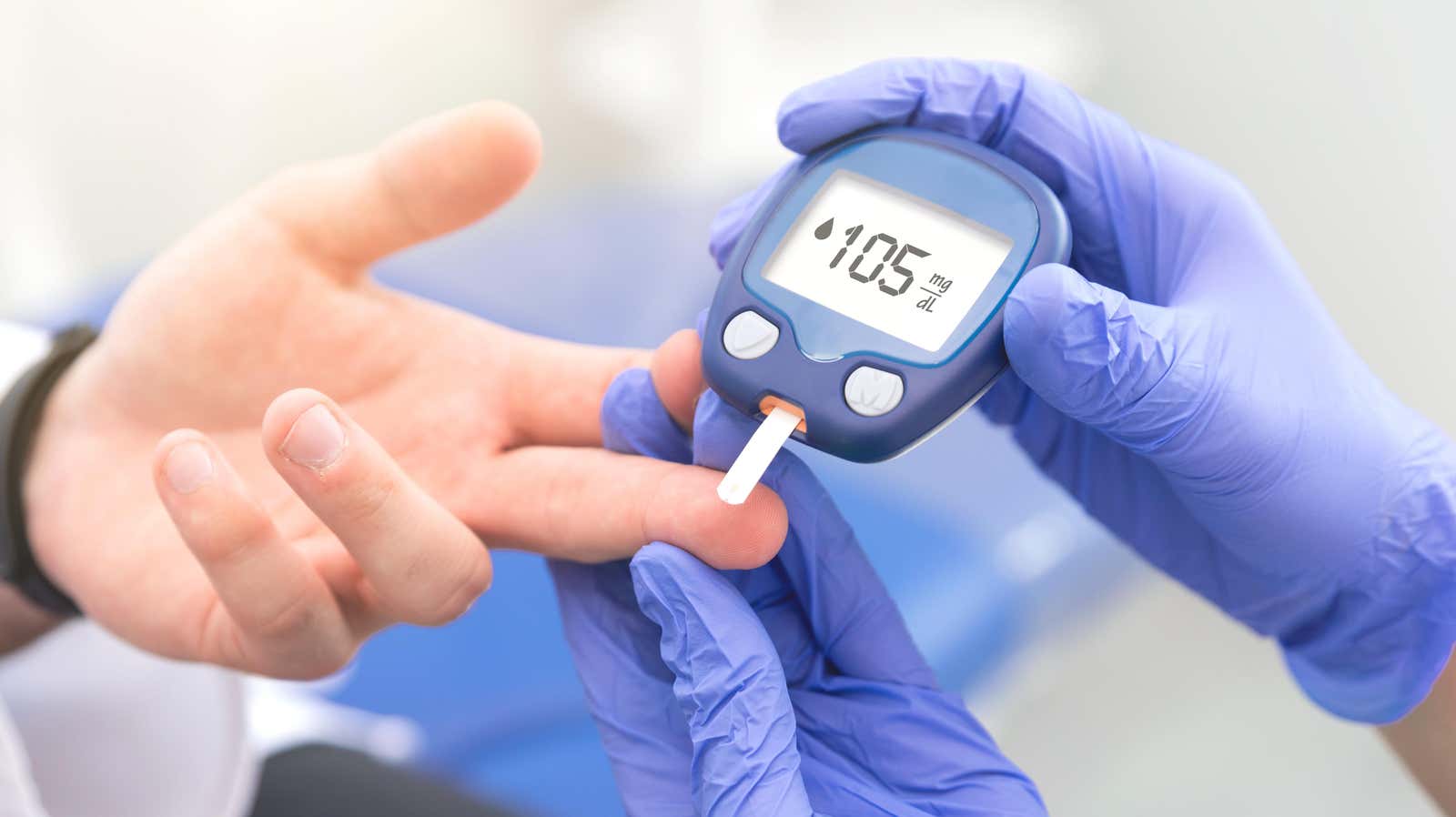What Is the Difference Between Type 1 and Type 2 Diabetes?

Diabetes is a condition in which people have high blood sugar levels and, as a result, are at risk of all sorts of serious complications. But if you’ve ever had trouble remembering which type is 1 and which type is 2, let’s explain the difference.
Both are related to how your body uses insulin.
When you eat carbohydrates or sugar, glucose enters the bloodstream. This is a good thing; the blood carries it to the various cells in your body that use glucose for fuel.
Your body has to regulate when and how glucose gets to different types of cells, so think of each cell as a blockage. Insulin, a hormone produced by the pancreas, is the key to this lock. After a meal, insulin becomes available to unblock these cells and glucose can be supplied.
Glucose transport and blood sugar are more than just this scenario, but if you think of insulin as a key and blocking cells, the difference between the two types of diabetes is easier to remember: in type 1, you are missing keys, and in type 2 you have too many locks. In both cases, there is too much glucose in the bloodstream because it cannot enter the cells.
What is type 1 diabetes?
Type 1 diabetes is what used to be called “juvenile” diabetes. Symptoms usually appear during childhood or adolescence, but in some cases, it also occurs in adults. (Children can also get type 2 diabetes, which is another reason to switch to talking about two “types” instead of thinking of them as adolescents and adults.) About 5-10% of people with diabetes have type 1..
Type 1 diabetes occurs when the beta cells in the pancreas don’t produce enough insulin. This is because the body is attacking its own beta cells, which means that it is an autoimmune disease.
“A small child who urinates frequently, drinks a lot, loses weight and becomes more and more tired and sick is the classic picture of a child with new-onset type 1 diabetes,” says the American Diabetes Association . Symptoms often start suddenly and get worse quickly, so if this sounds familiar, seek immediate medical attention. Insulin is required to treat type 1 diabetes.
What is type 2 diabetes?
In type 2 diabetes, insulin can still be produced, but cells in various parts of the body are not sensitive enough to it. This is called insulin resistance . Eventually, the pancreas may no longer produce enough insulin, so you are insulin deficient and insensitive to it.
The symptoms of type 2 diabetes are similar to many of the symptoms of type 1 diabetes: increased thirst and urination, hunger, fatigue, blurred vision, and sores that don’t heal properly.
You’re more at risk for type 2 diabetes if you’re overweight or don’t exercise much (exercise can improve our cells’ insulin sensitivity, which is one of the reasons exercise is so important to health). The elderly, people with a family history of diabetes, and people who have had gestational diabetes during pregnancy are also at risk of developing this condition. The Centers for Disease Control and Prevention and the American Diabetes Association have an online test here that you can take to see if you are at risk for prediabetes. (If you think you have symptoms of true type 2 diabetes, see your doctor.)
Type 2 diabetes can often be controlled or prevented with exercise, weight loss, and a healthy diet, but medications may also be required. In some cases, insulin may be needed.